The Resurfacing of a Rosy Granite Shrine in the Enigmatic Depths of Abu Qir Bay
Underwater archaeologists from the Naos of Amun-Gereb team unveiled the discovery of a rosy granite shrine submerged in the depths of Abu Qir Bay, located 32km northeast of Alexandria, Egypt.
This sacred Naos, dating back to the 4th-2nd Century BC during the Ptolemaic period (between Ptolemy III and VIII), once adorned the temple of Amun-Gereb on the central island of Thonis-Heracleion. Now resting 10m beneath the Mediterranean Sea, this submerged port city was home to the colossal statue of the deity Amun-Gereb within the confines of the shrine. The statue, standing at an impressive 174cm in height, 93cm in width, and 100cm in depth, weighed nearly three tonnes.
Fragmented inscriptions on the shrine offer insights into the divine connection between the king of Thonis-Heracleion and Amun, granting the monarch divine authority to rule over Egypt. As described in the book “Sunken Cities, Egypt’s Lost Worlds,” edited by Franck Goddio and Aurelia Masson-Berghoff, this aligns with the pharaonic ideology where the god’s selection of the royal heir legitimized each king’s reign—a particularly crucial aspect for rulers of foreign origin like the Ptolemies.
Exploring Thonis-Heracleion’s Marvels at the Nile’s Gateway
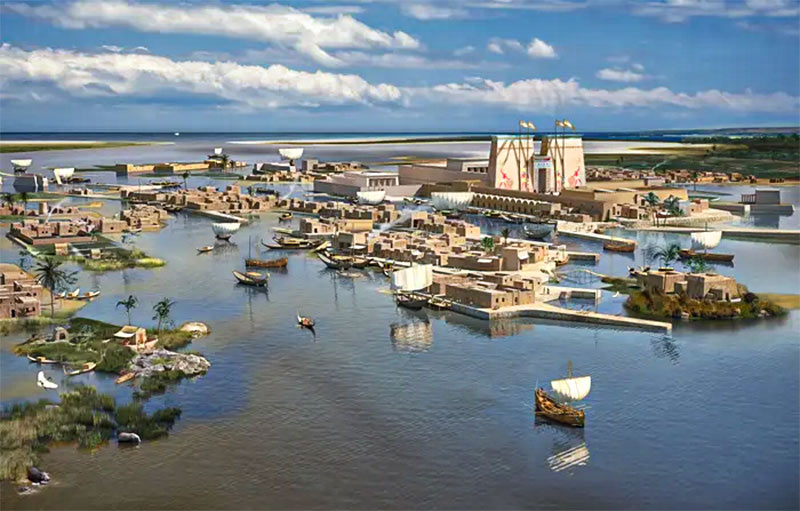
Thonis-Heracleion, strategically positioned at the mouth of the Canopic branch of the River Nile, was a city interconnected by bridges and pontoons across small scattered islands and sandbanks. Boasting a network of canals, numerous harbors, and temples, its most remarkable structure was the grand temple dedicated to Amun-Gereb—the very site where the Naos once held its sacred place.
Tragically, the city’s precarious location at the river mouth proved fatal. In the 2nd Century BC, the central island succumbed to soil liquefaction, causing it to collapse into the sea. Ravaged by earthquakes, potential tsunamis, and tidal flooding, the remnants of Thonis-Heracleion disappeared beneath the waves by the 8th Century AD.
Related Articles

Most spectacular and unusual Christian churches around the world
The Monastery of the Holy Trinity, Meteora, Greece (1476) A 15th century medieval monastery stands proudly 1,300 ft above ground level, accessible only by ascending the daunting 146 steps carved into the rugged cliffside. This sacred place was utilized by brave monks...

The story of Dioskouri: The greek immortal brothers Castor and Polydeukis
According to the legend, the twin heroes Dioskouri, Castor and Polydeukis Were born on Taygetus, the great mountain of Sparta and Tainarus, so they are preeminently heroes of Doric origin. In Sparta, the king of Tyndareus, had for his wife the beautiful Leda, daughter...

The story of Dioskouri: The greek immortal brothers Castor and Polydeukis
According to the legend, the twin heroes Dioskouri, Castor and Polydeukis Were born on Taygetus, the great mountain of Sparta and Tainarus, so they are preeminently heroes of Doric origin. In Sparta, the king of Tyndareus, had for his wife the beautiful Leda, daughter...

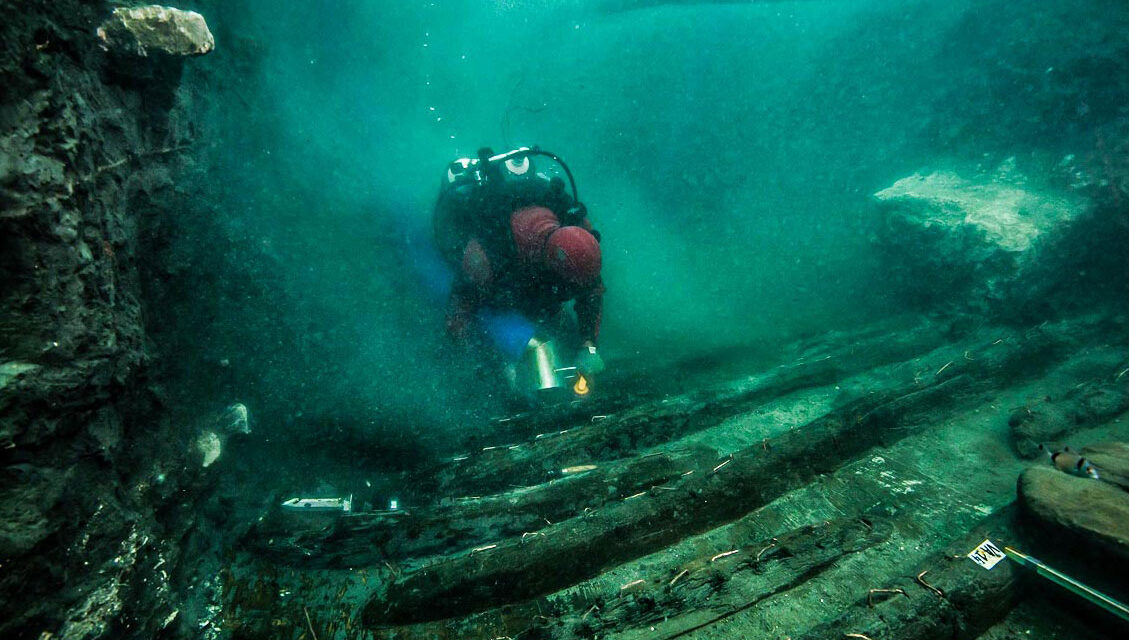
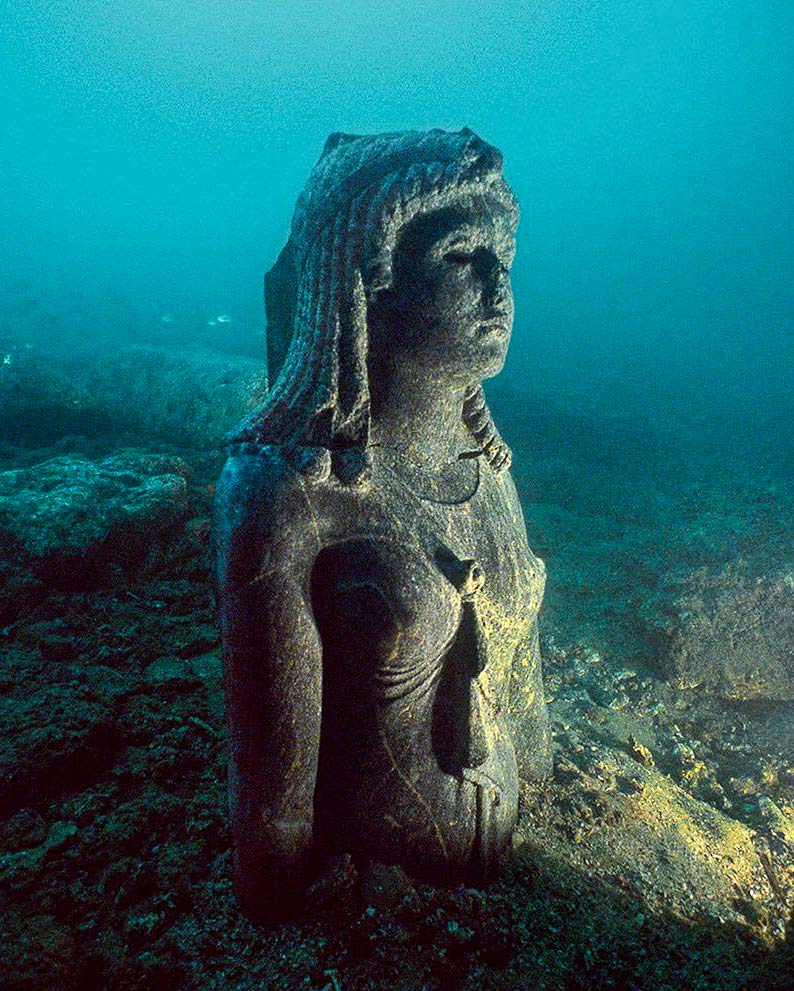
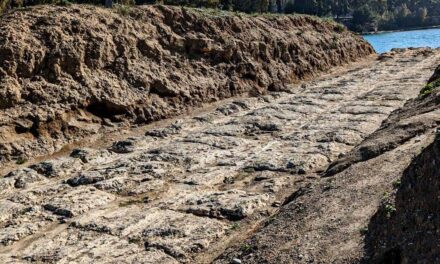
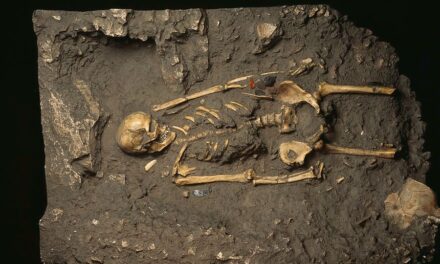
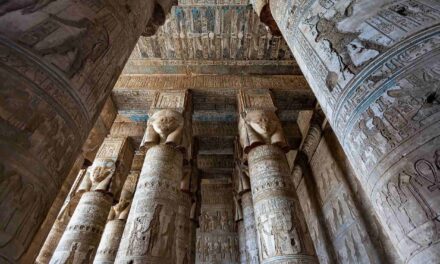
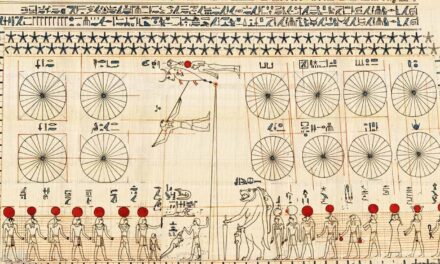
Way cool! Some very valid points! I appreciate you penning this write-up and also the rest of the website is really good.